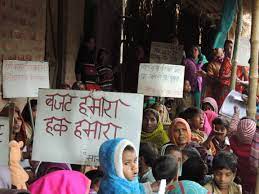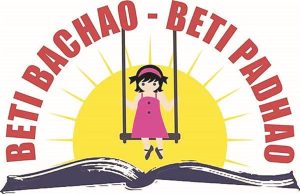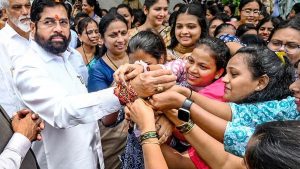Schemes that directly target Scheduled Castes (SC) and Scheduled Tribes (ST) have not received enough allocations in the Union Budget announced on February 1, says a coalition of Dalit activists.
Of the total Union budget of Rs Rs 44,14,361 crore for 2022-23, Rs 1,42,342.36 crore were earmarked for schemes benefitting SCs and Rs 89,265.12 crore for STs. While the total welfare budget may seem “quite large scale”, only 37.8% (or Rs 53794.9 crore) of the SC budget and 43.8% (or Rs 39,113 crore) of the ST budget are reserved for targetted schemes, noted an analysis of the budget by the National Campaign for Dalit Human Rights and Dalit Arthik Adhikar Andolan (NCDHR-DAAA).
Target schemes are those that benefit the SC and ST directly and exclusively and the remaining only wear the “mask of SC or ST schemes” without actually addressing the development gap faced by marginalised communities, as per the analysis, ‘Dalit-Adivasi Budget Analysis 2022-23’, released on February 4. The report pointed to the fact that of the 329 schemes for SCs covered by the Budget, only 74 are targetted; among schemes for STs, of the total of 336 schemes, only 77.
The NITI Aayog, a government policy think-tank that provided the directional and policy inputs for the Budget, has mandated earmarked funds for marginalised groups in proportion to their population. Going by its guidelines, the allocation for SC schemes this year should have been Rs 1,82,976 crore and Rs 98,664 crore for ST, says the coalition, adding that this means the actual allocations have left a fund gap of Rs 40,634 crore and Rs 9,399 crore respectively. This gap would be even wider if we consider targetted schemes .
Upto 62% of the funds earmarked for different schemes are either non-targeted or general, as per the analysis. Many effective schemes that have a direct effect on educational and economic outcomes of the SC and ST communities have been deprived of adequate funding while general schemes got “excessive funds”, the group noted.
Pradhan Mantri Kisan Samman Nidhi, a central government scheme that promises minimum income support to farmers, gets the highest funds for Dalits and Adivasi this year. Even as it takes up 8% and 7% of the total allocation under the SC and ST budgets, it is not exclusively targeted at these communities.





